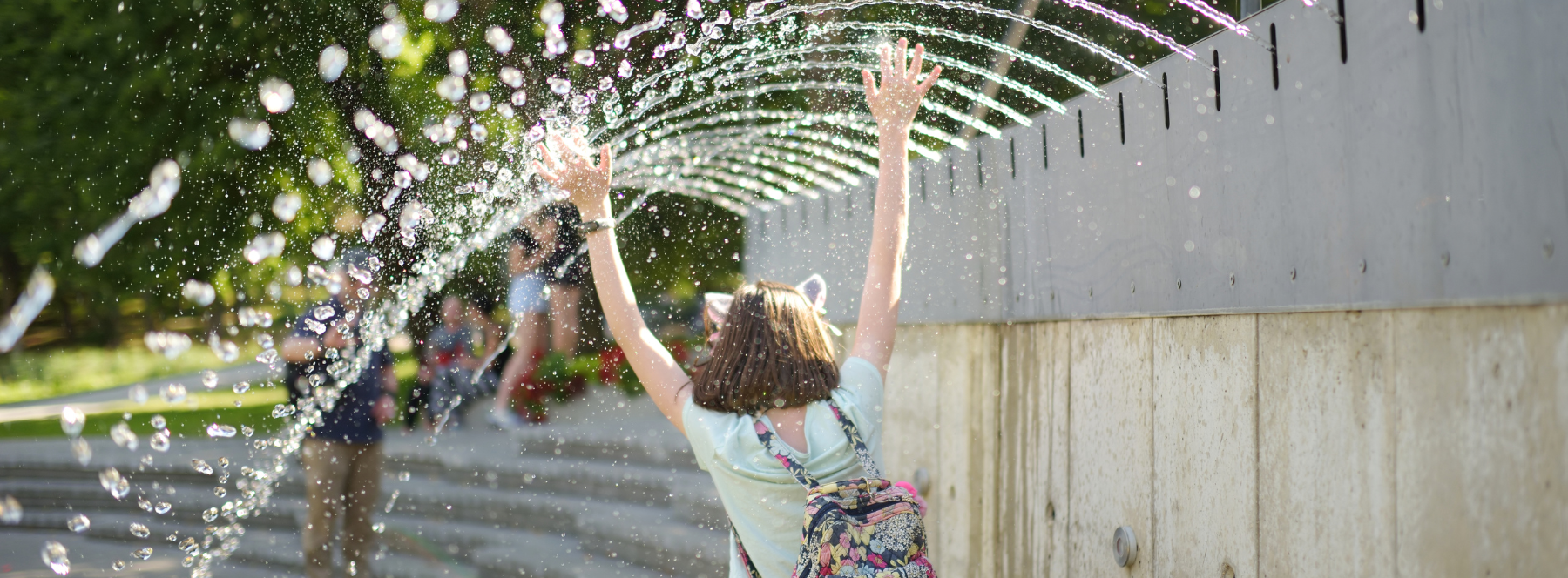
(Source: RSI) To reduce "heat islands" in cities we need new trees, water spaces and light-colored road surfaces, but not English lawns.
Urban centers need to be rethought, redesigned and replanned. Many experts are convinced of this. They are certain that the situation will not improve in the coming years. In our cities, there are streets, alleys and neighborhoods almost entirely paved, without trees, green spaces and protection, which become unlivable because of the heat. In Ticino, in Lugano, CSD is in charge of detecting heat islands in urban centers, and has already combed a large part of the canton. "A drone equipped with a thermal camera makes several flights at different times of the day to check the release of heat accumulated during the day. It then sends back a map that identifies the areas where heat is accumulating," explains Luca Solcà, director of CSD Lugano.
Surveys with drones, but also field surveys are carried out. "The probes that detect different parameters (temperature, humidity and the superposition of these two elements) give us a complete picture," explains Luca Solcà.
The results are sometimes very surprising. "There are several places that struck me. For example, some avenues where, on both sides, there are sidewalks paved with different types of materials. On one side, we have the classic asphalt, on the other, maybe a pavement of a certain color, a certain type of material, and there are at least four degrees of difference."
In this respect, where does Ticino stand compared to the rest of Switzerland? "The canton of Ticino is certainly in one of the worst situations from this point of view. The other cantons acted a little earlier. But I think that the canton of Ticino has now realized this and will improve.
In our cities there are many "heat islands", but also islands of natural coolness. Think of the Ciani Park in Lugano, where visitors are not allowed to stand on the lawns or trample the grass. Isn't this a paradox? "It's a very appropriate example, because one of the concepts to fight this phenomenon of urban overheating is to create public spaces, to provide lots of trees, greenery, if possible also water spaces that allow evapotranspiration. We should perhaps leave aside the idea of the English-style green lawn and head towards a more natural conception of these spaces".
But what can be done to cool down our cities? "What we can do is act on two fronts: in the short term, we can create shaded infrastructures, plant new trees, perhaps review certain areas such as public squares or other meeting places. Let's follow the recent example of the city of Zurich which installed a "fogger", a misting device allowing for immediate coolness. There are also are planning measures that need to be studied more in detail and implemented in the medium term".
Source: RSI
Learn more about the services of CSD for climate change adaptation